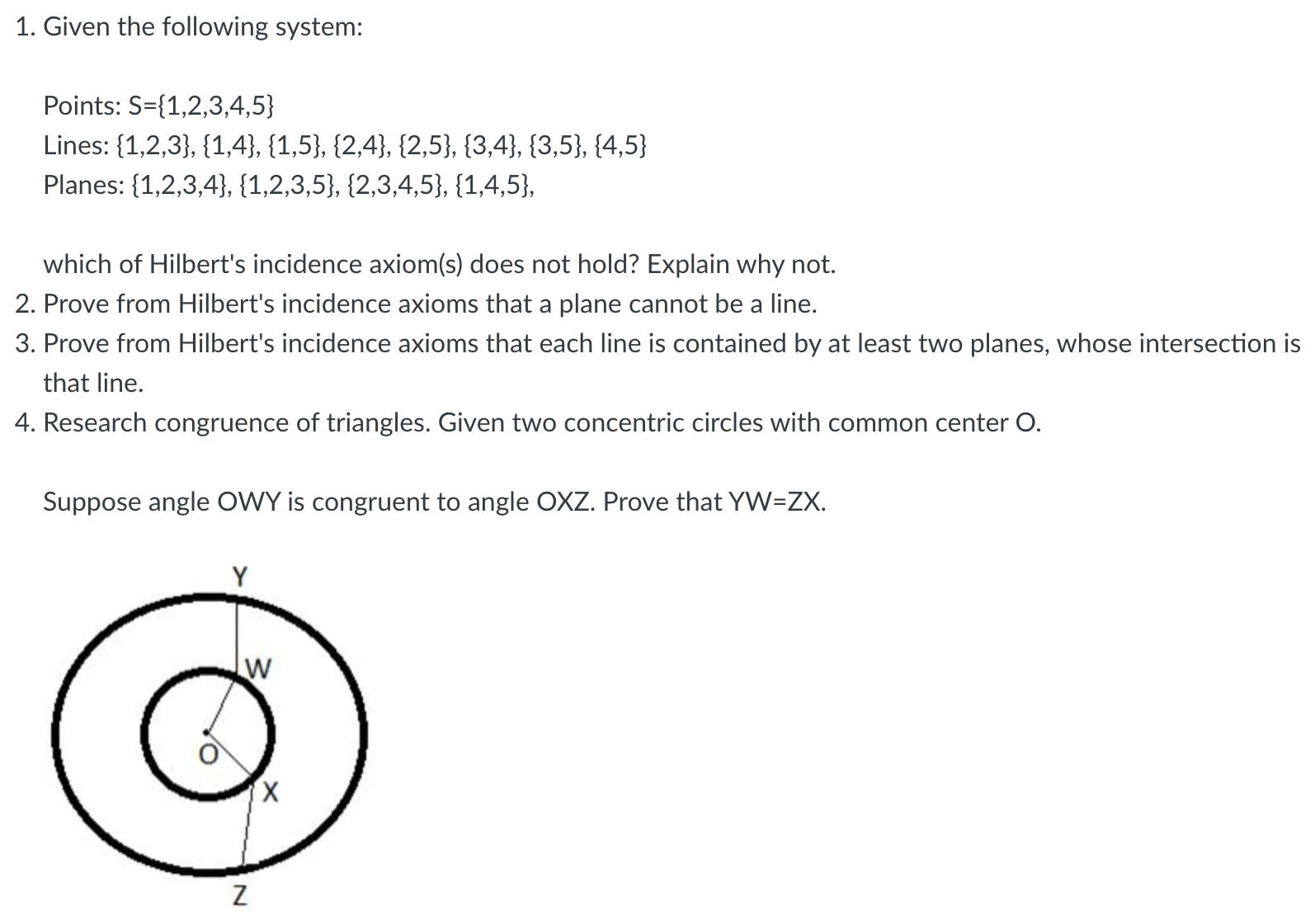Any 4 Of 5 Lines Can Form A Quadrilaterel
Any 4 Of 5 Lines Can Form A Quadrilaterel - The following are a few examples. I suppose that this line was found independently by two young mathematicians leonid shatunov and alexander tokarev in 2022. Let us call $a$ the length that we cut. In the first model, we are required to break each of the two pieces again. In other words, if any four points on the circumference of a circle are joined, they form the vertices of a cyclic quadrilateral. When we cut each of these new line segments we need to find where it does not work for it to be a quadrilateral. So we can first break the piece on the left somewhere with a uniform random distribution between its two.
Let us call $a$ the length that we cut. While i can get around finding the number of triangles and rectangles that can be made with 4 dots, what has stumped me is general quadrilaterals. In the first model, we are required to break each of the two pieces again. How can i detect if any given four lines make a quadrilateral, be convex or concave, and if they make more than one quadrilateral, in c++.
We only have to look at $x$. A quadrilateral is a polygon that has four sides. In other words, if any four points on the circumference of a circle are joined, they form the vertices of a cyclic quadrilateral. How can i detect if any given four lines make a quadrilateral, be convex or concave, and if they make more than one quadrilateral, in c++. While i can get around finding the number of triangles and rectangles that can be made with 4 dots, what has stumped me is general quadrilaterals. So this line, and i can draw it a little bit thicker now, now that i've dotted it out.
Given a line, we can choose 3 points on it randomly and independently, what is probability that these 4 segments form a quad? In the first model, we are required to break each of the two pieces again. Let us call $a$ the length that we cut. While i can get around finding the number of triangles and rectangles that can be made with 4 dots, what has stumped me is general quadrilaterals. We only have to look at $x$.
We only have to look at $x$. Given a line, we can choose 3 points on it randomly and independently, what is probability that these 4 segments form a quad? How many convex quadrilaterals can be formed between two parallel lines where 5 points lies in one line and 7 in the other? This is the line y is equal to x over 2.
So We Can First Break The Piece On The Left Somewhere With A Uniform Random Distribution Between Its Two.
And they also say that the quadrilateral is left unchanged by reflection over. How many convex quadrilaterals can be formed between two parallel lines where 5 points lies in one line and 7 in the other? I suppose that this line was found independently by two young mathematicians leonid shatunov and alexander tokarev in 2022. This is the line y is equal to x over 2.
Given A Line, We Can Choose 3 Points On It Randomly And Independently, What Is Probability That These 4 Segments Form A Quad?
How can i detect if any given four lines make a quadrilateral, be convex or concave, and if they make more than one quadrilateral, in c++. When we cut each of these new line segments we need to find where it does not work for it to be a quadrilateral. So this line, and i can draw it a little bit thicker now, now that i've dotted it out. It can be visualized as a quadrilateral which is.
Quadrilateral Abcd, Shown Below, Has The Following Properties:
While i can get around finding the number of triangles and rectangles that can be made with 4 dots, what has stumped me is general quadrilaterals. In the first model, we are required to break each of the two pieces again. A quadrilateral is a polygon that has four sides. Let us call $a$ the length that we cut.
I Would Be Grateful For Information On Whether This Line Was.
In other words, if any four points on the circumference of a circle are joined, they form the vertices of a cyclic quadrilateral. We only have to look at $x$. The following are a few examples.
How can i detect if any given four lines make a quadrilateral, be convex or concave, and if they make more than one quadrilateral, in c++. Let us call $a$ the length that we cut. It can be visualized as a quadrilateral which is. So this line, and i can draw it a little bit thicker now, now that i've dotted it out. The following are a few examples.







